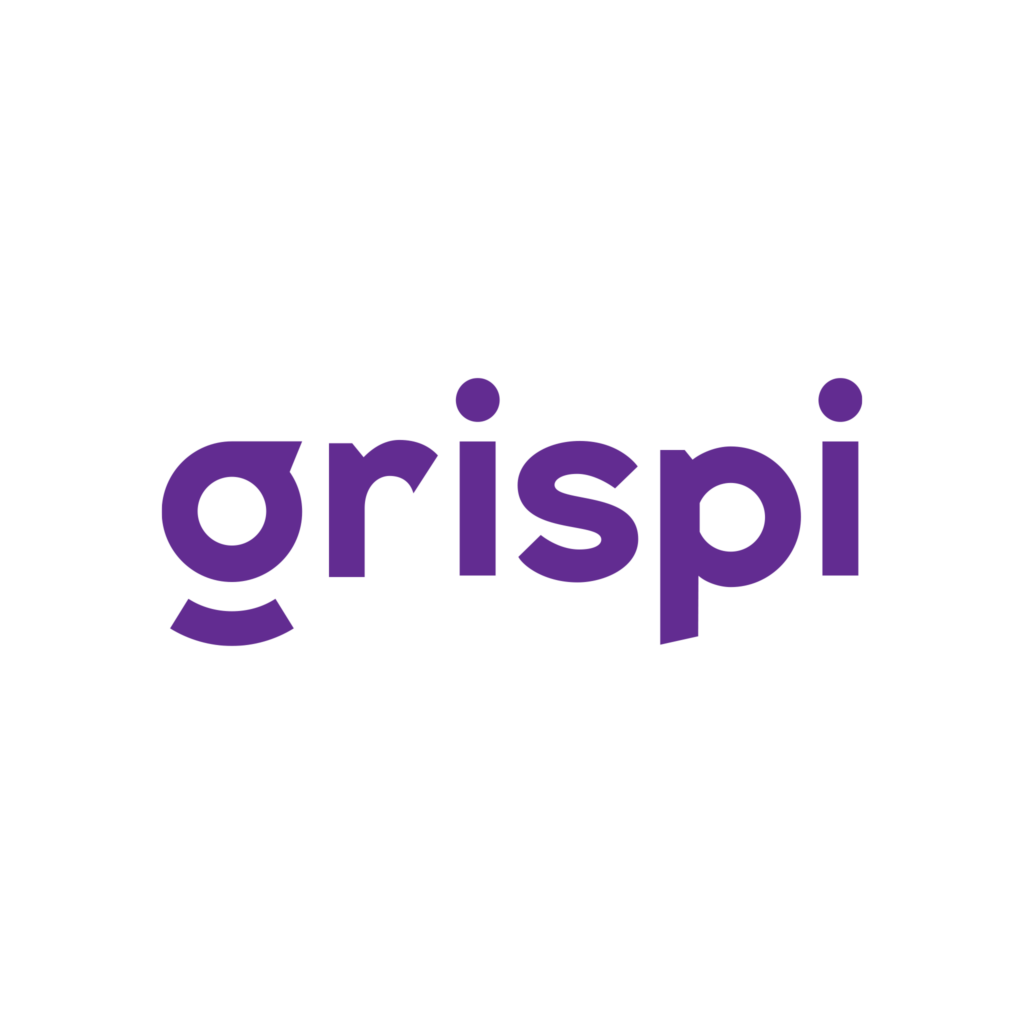Top 12 Most Used Call Center Operations Tracking Metrics and KPIs
- March 10, 2025
Call centers should regularly measure their performance to increase customer satisfaction and ensure operational efficiency. For this purpose, various metrics and KPIs (Key Performance Indicators) are used. Tracking the right metrics is critical for improving the customer experience and optimizing costs. In this article, we will take an in-depth look at the 12 most commonly used KPIs for assessing the success of call center operations.
1. Calls Handled
This metric represents the total number of calls received and answered by the call center within a specific time frame. A high call volume is important to understand how busy the business is and the workload of customer service teams.
Example: If a call center receives an average of 500 calls per day, spikes above this number may indicate the need for additional support or a system-related problem.
2. Cost Per Call (CPC - Cost Per Call)
Cost per call is determined by dividing the total operational cost by the number of handled calls. This KPI is used to measure the cost effectiveness of the call center.
Example: If a call center spends 100,000 TL per month and answers 10,000 calls, the cost per call is 10 $. Implementing self-service solutions and chatbots can help lower costs.

3. Call Arrival Rate
The call arrival rate provides insights into fluctuations in call traffic over specific time periods. By analyzing this rate, call center managers can identify peak hours and adjust staff scheduling accordingly.
Example: Call centers of e-commerce companies may experience an increase in calls during discount periods or campaign days. In such cases, increasing staff capacity can help maintain customer satisfaction.
4. Rush Hour Traffic
Identifying peak call hours enables better resource allocation and enhances operational efficiency. This data can be used for shift planning.
Example: If a bank call center receives a high volume of calls between 09:00-11:00 in the morning and 14:00-16:00 in the afternoon, waiting time can be reduced by assigning more agents during these hours.
5. Average Call Duration
Average call duration reflects the length of customer interactions and serves as a key indicator of agent efficiency.
Example: If a call takes 5 minutes on average, but the industry standard is 3 minutes, training programs can be implemented to streamline the process.

6. Average Query Resolution Time
This metric tracks the time required to fully resolve customer inquiries. Shorter resolution times enhance customer satisfaction and boost operational efficiency.
Example: A telecom company can both increase customer satisfaction and respond to more calls by reducing the query time per call from 7 minutes to 4 minutes.
7. Callback Messages
Customers may request a callback when they are unable to reach the call center. The volume of callback requests serves as a key indicator of call center accessibility.
Example: If 20% of incoming calls to a call center are callback requests, there may be problems such as understaffing or system slowness.
8. Repeat Calls
A high number of repeat calls suggests inefficiencies in the resolution process. First Call Resolution (FCR) rate should be increased.
Example: If a customer contacts support three times for the same issue, it may indicate gaps in agent training or ineffective processes.

9. Average Talk Time
Average talk time is assessed to measure both efficiency and service quality.
Example: Extremely short calls (1-2 minutes) may signal inadequate customer support, whereas excessively long calls may suggest inefficiencies.
10. Compliance with Shift Plan
Agent adherence to scheduled shift hours is closely monitored to ensure operational efficiency. Efficient shift management reduces customer waiting times and improves service quality.
Example: If 90% of employees adhere to the shift schedule, operational stability is well-maintained. However, if this percentage is low, there may be attendance problems.
11. Churn and Complaint Rate
Both churn rate and complaint volume are crucial indicators of customer satisfaction. This data should be analyzed to understand how the call center affects the customer experience.
Example: A call center with a high complaint rate can reduce it by focusing on agent training.

12. Tone of Voice and Diction
The tone and clarity of speech used by customer service representatives play a crucial role in shaping the customer experience. A polite, clear and reassuring speaking style increases customer satisfaction.
Example: If call center agents speak in a monotone voice or too quickly, it may hinder effective communication and reduce customer engagement. Therefore, tone of voice and diction trainings should be organized.
Successful call center operations require continuous performance monitoring and improvement. The 12 KPIs listed above play a critical role in increasing call center efficiency. By tracking the right metrics, businesses can lower operational costs while enhancing customer satisfaction. Optimizing call center processes with a customer-focused approach will ensure sustainable success in the long run.
Contact us today to try Grispi, the ultimate call center integration solution, free for 14 days.
Contact us
Fill out the form for detailed information and demo account, let us call you.
